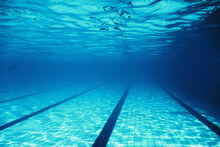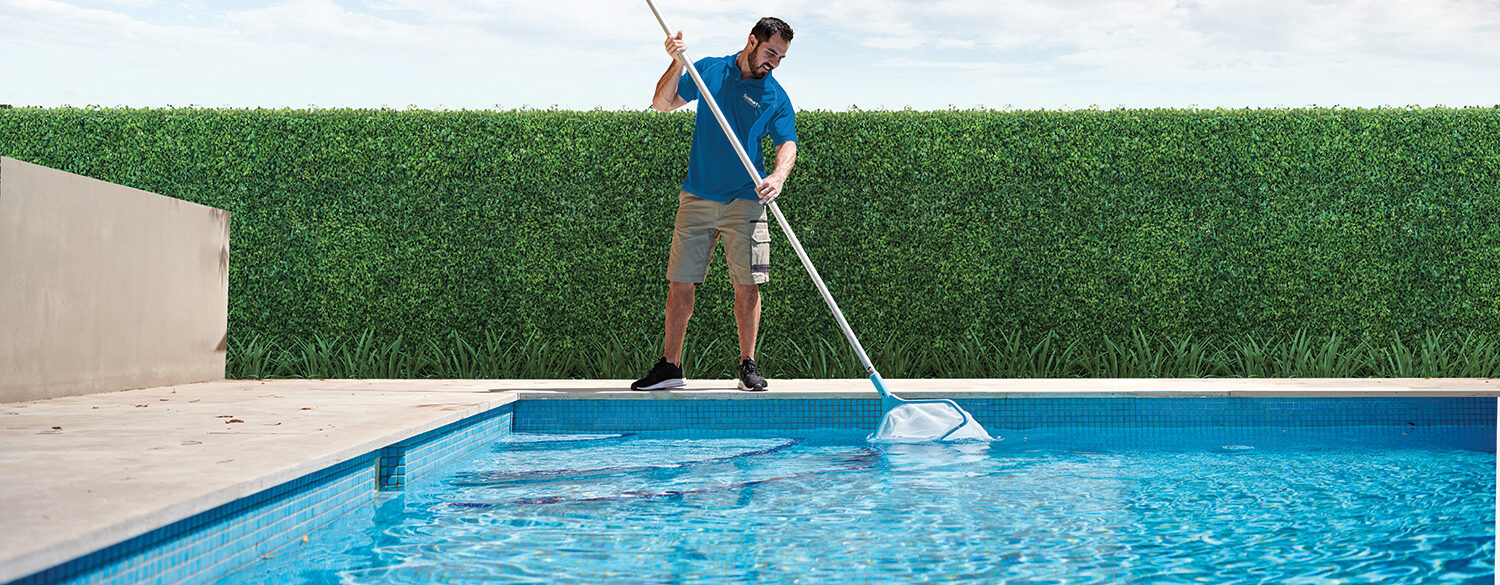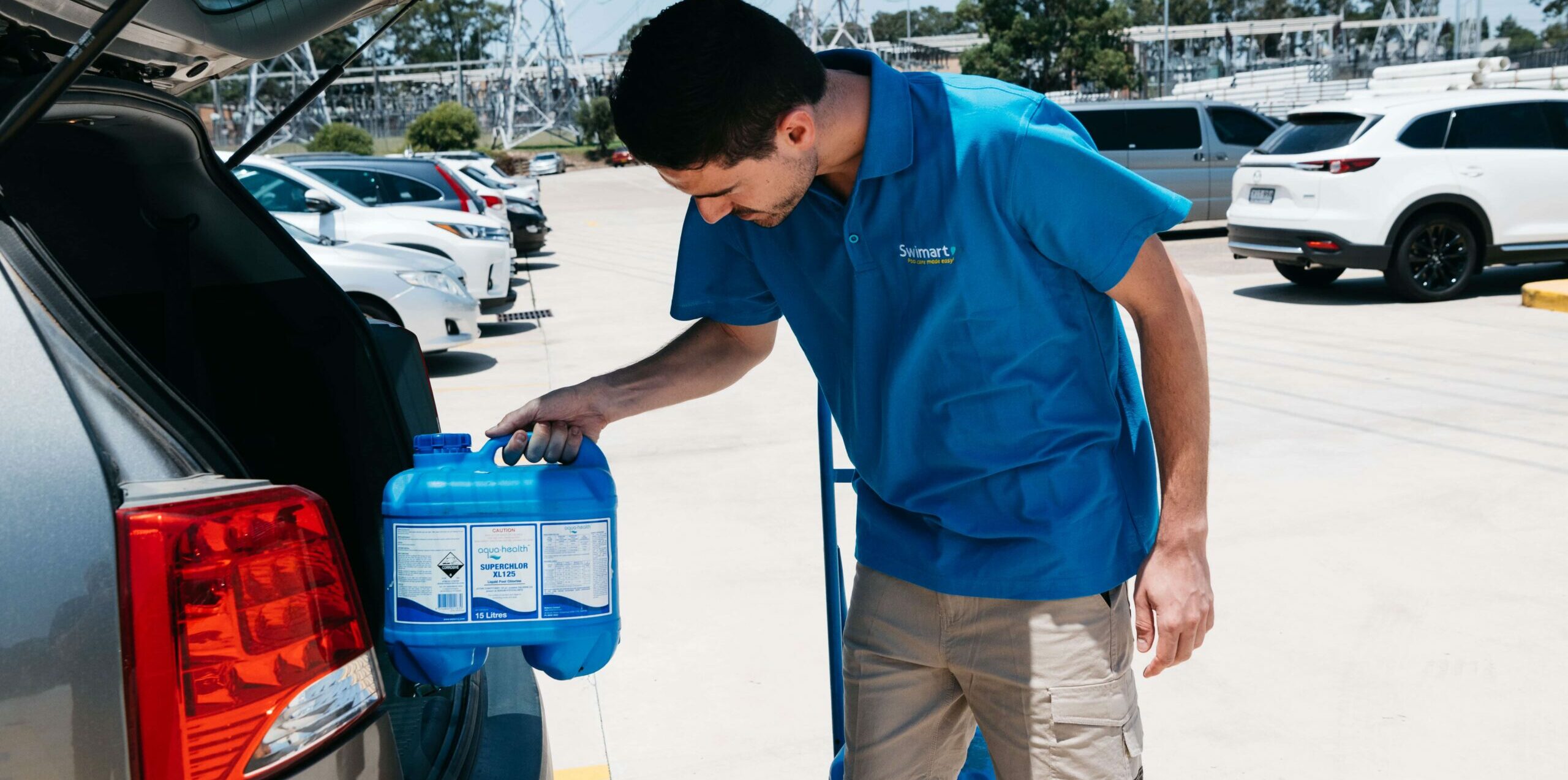| With Rio officials in damage control – and left to transfer almost four million litres of water from one of the warm-up pools into the main competition pool – Swimart's national manager says it's a timely reminder to check pool chemical levels.“Algal blooms themselves aren’t harmful to swimmers, but there are several other problems they can cause,” says Chris Fitzmaurice. “The most obvious issue with algae inhabiting your pool is that it can make the pool water look unclean, thus making it unappealing to swimmers.
“Blooms can also harbour things like E. coli bacteria, which can make people sick, not to mention clogging up the filter and damaging other pool equipment. It takes time, effort and money to get rid of an algae problem, which is made worse by the fact that algae eats the chlorine that normally would keep bacteria problems at bay.”
Types of algae:
Green: This is the most common variety of algae a pool owner will experience. An infestation of green algae can be expected to follow dull and cloudy water that has resulted from a lack of filtration and/or sanitisation. This type floats freely in the water, and in severe cases, forms an entire film across the surface of the water. It can also cling to the pool walls and other surfaces. In its milder form, green algae can also appear as spots on pool surfaces where water circulation is low.
Kill it with: Algatrol, Algae Starver
Yellow: Yellow algae can usually be found clinging to the walls and other pool surfaces. It is mostly found in shady spots of your pool, and can form sheets across the surface of the water if it is a particularly bad case.
Re-infection is common, as this variety of algae is very hard to kill. It can form even if your pool is balanced correctly and being dosed with the right amount of sanitiser, as yellow algae is resistant to normal chlorine levels. To get rid of it, you must hit it hard with a high dose of chemicals.
Kill it with: Tropical Strength Algaecide
Black: Black algae is the hardest type of algae to get rid of, forming dark, unsightly spots on your pool surfaces. Occasionally appearing to be a dark green, purple or blue colour, the roots of this variety can bury deep into plaster or tile grout of your pool walls and will put up a pretty decent fight to stay there.
Black algae also has a protective layer over the heads of its spores to prevent chemicals from destroying the roots, so even if you remove the head, it can grow back unless you remove the entire growth, roots and all. Like yellow algae, this variety can also bloom even if you are properly sanitising your pool.
Kill it with: Black Spot Granular Algaecide, Black Spot Treatment
Pink: This is not actually algae, but rather a bacteria that appears as spots or streaks in corners. It is very slow to spread.
Kill it with: Dropout

TURN YOUR POOL FROM GREEN TO CLEAN
- Start by checking chlorine levels. If below 0.5ppm, 'shock' the pool water with a large dose of chlorine to 10ppm. Ensure the filters are running and avoid using the pool until the chlorine level falls below 3ppm
- Lower the pH levels by adding acid to the water. Follow this with a copper treatment to kill spores. Aim for a pH level of between 7 and 7.6. Heavy rain, lots of swimmers and pets can increase pH levels
- Use a quality algaecide to kill algae
- Brush pool walls to remove algae. Vacuum loosened algae from the pool floor the next day
- Make sure the pool’s filter is working efficiently. It doesn't matter how much shock you put in the pool if you have a poor filter. Your Swimart technician can check if you have a mechanical problem and how to rectify it.
To view our range of algaecides, CLICK HERE! |


 AUS
AUS NZ
NZ 



